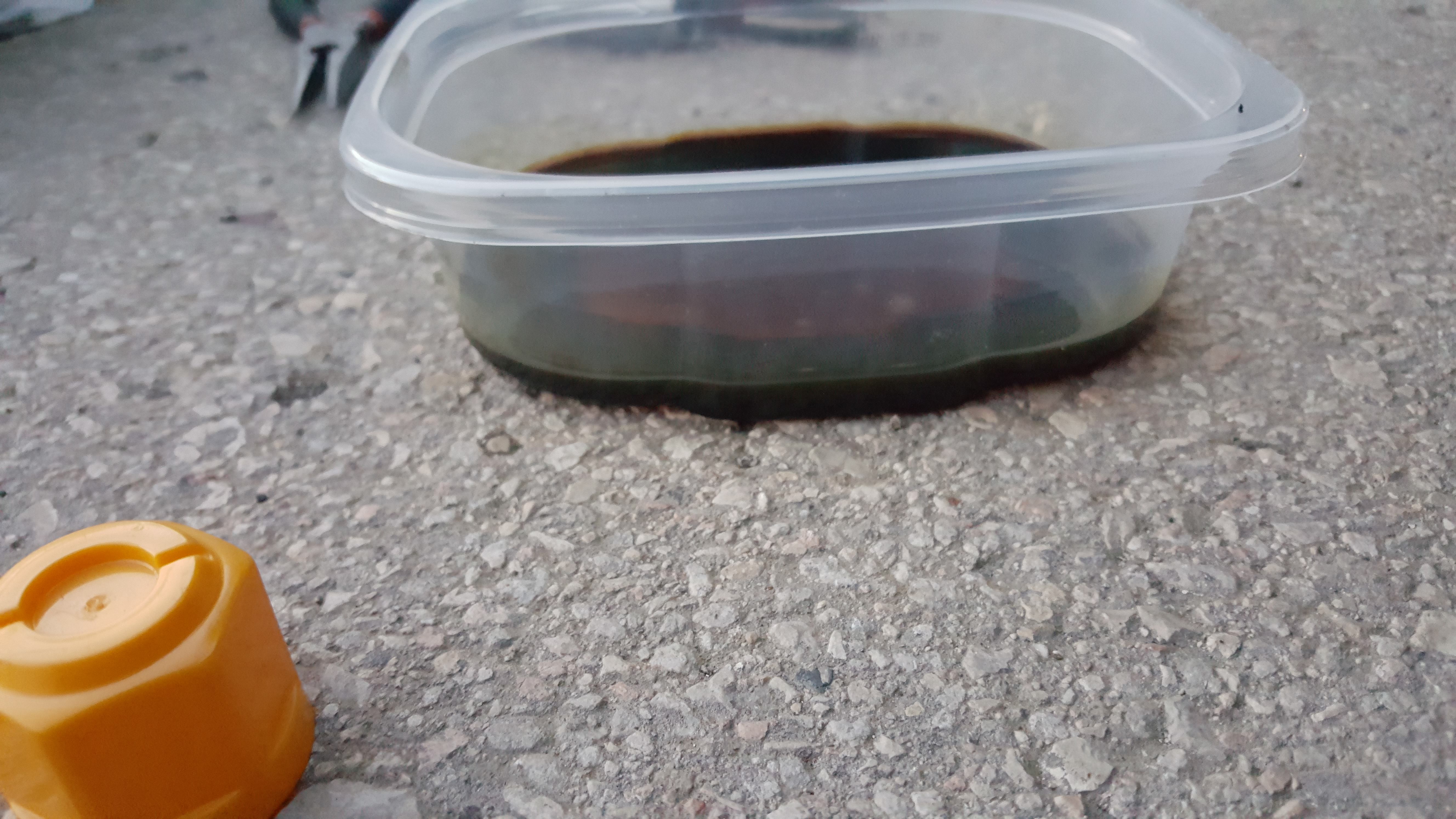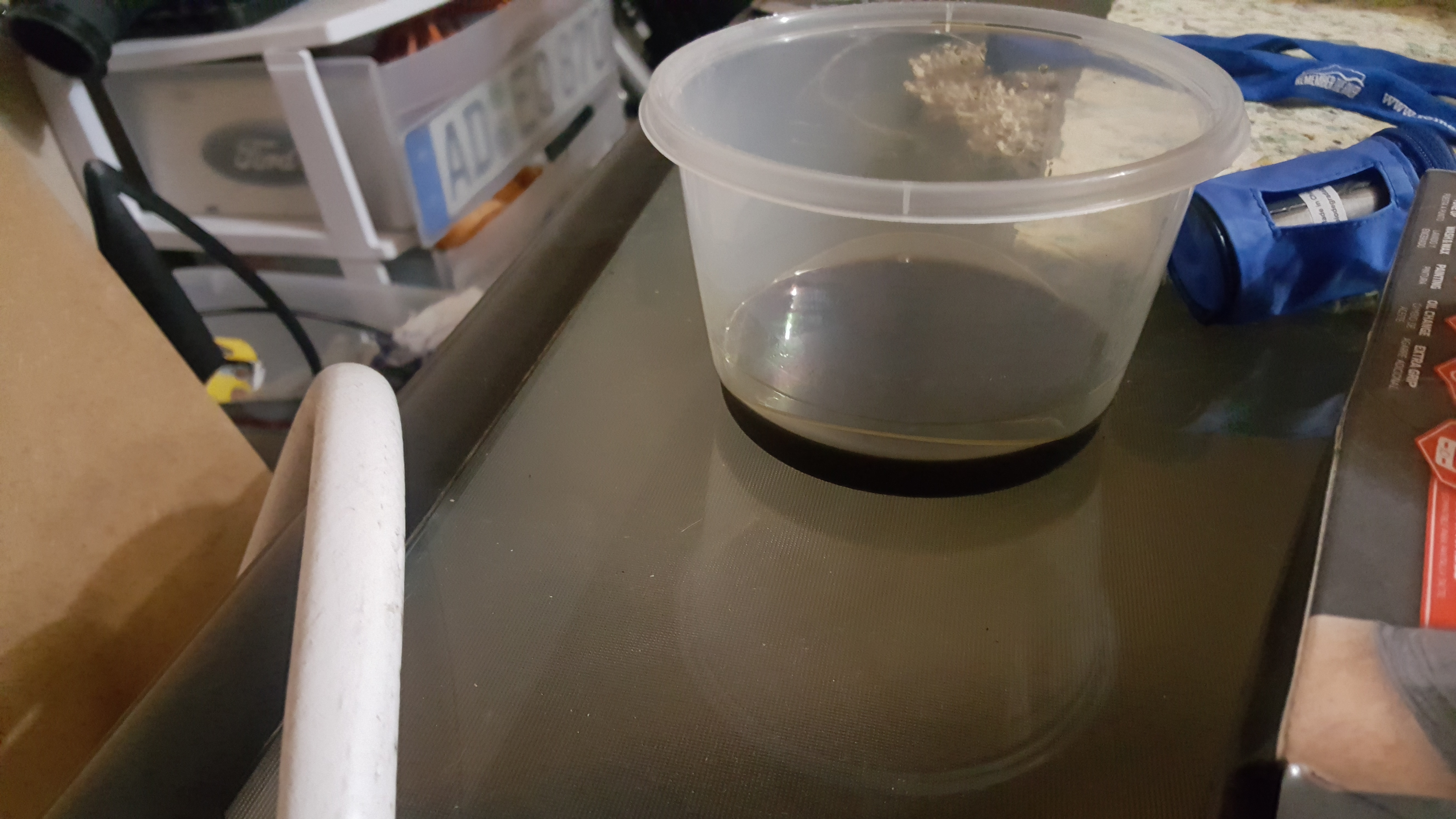- :
- San Antonio, Texas
- :
- '15 CX-5 Miata AWD
One anecdotal example of carbon build up does not represent a systemic problem throughout the Skyactiv lineup. This is the only example of buildup I've seen, if this was a widespread problem I'm inclined to believe we would have seen more incidents over the years.
It's a feature systemic to ALL di engines.. the degree depends on so many factors and in the end the objective is to maintain maximum performance from cleaner fuel charge and reducing accumulatipn of deposit on the valve. I've seen it on both sky engines I've had. If ao had the diesel I'd install one for sure that engine has all sorts of dilution issues.
Nothing cosmic about an oil catch can. They work and they are a better albeit more involved solution that the oil seperators standard on di engines.. the problem with oem seps is that they recirc the junk back into the intake. Ideally it would be stored for drainage but that means an extra maintenece item.
Here is a good breakdown of what they do. Also if you have other automotive inquiries on technical subjects check his channel out.
Last edited:


